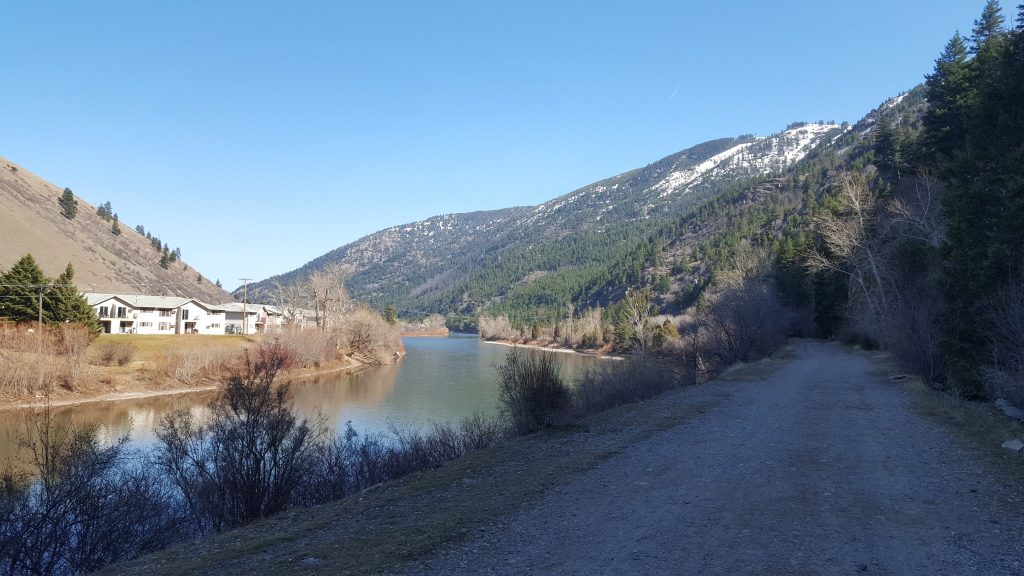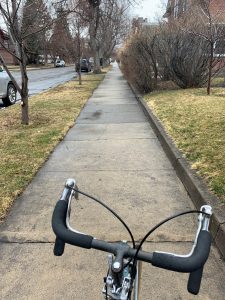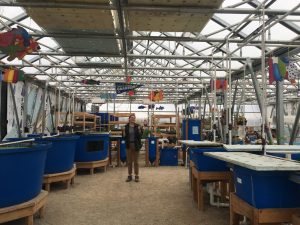By Alli Kane
The Covid-19 pandemic is impacting every facet of our lives and that extends into our service. Working styles and plans are swiftly changing and as a person who serves mainly in a community and communications-based position I’m having to get creative in a time when social distance is crucial and the future is uncertain, but collective climate action is still necessary.
In terms of COVID-19, the uncertainty lies in who will be impacted next, when will we safely be able to be in contact with each other again and whether or not things will go back to normal or if we’ll be able to create a new normal. If so, what will that new normal look like? This pandemic has made apparent the many ways in which our society could be more supportive of vulnerable populations and utilize urban design and governance to reduce both our exposure and vulnerability to risks. It has also made it apparent that science plays a huge role in crisis response. As someone in the climate change field it’s easy to see the many connections between COVID-19 and climate change. Planning for an uncertain future is status quo for climate change solutions and that inherent uncertainty is not a deterrent to taking action.
Sustainable transportation has been at the heart of my service and I’ve gained a lot of insight from working internally on promoting sustainable commuting in the workplace at Providence St. Patrick Hospital and externally in the community on transportation and smart growth with Climate Smart Missoula. My transportation and smart growth projects are all about co-producing a future in which our community makes less drive alone trips in single occupancy vehicles and is incentivized to use more active and sustainable modes like bussing, walking, and biking. Co-production, wherein a solution is jointly created through public-private-people partnerships, has been successful in improving infrastructure development processes. At present, fostering co-production of our transportation and smart growth future seems a bit of a daunting task.
For the last few weeks I’ve focused on a planning and design process for almost 2,000 acres of land in Missoula. This was a perfect opportunity to start envisioning what the future of Missoula should look like and providing input on how it can be designed to mitigate our vulnerabilities to risks such as climate change or new diseases. Urban design principles towards reducing both of those risks actually overlap. In response to COVID-19 we’ve seen that mitigation involves preserving open space and critical areas for wildlife habitat, ensuring maximum street space for pedestrians and cyclists, and encouraging community input into collaborative decision making. These are also crucial ways that urban areas can reduce their environmental impact and mitigate climate change.
As we deal with the COVID-19 crisis I hope that it will continue to bring to light the ways in which we can envision our future and start reconstructing a new normal that emphasizes a wholly equitable and resilient society.








